Shipping containers are standardized boxes, mostly made of corten steel, used for transporting goods worldwide by sea, land, and air. Since their inception and standardization in the 1950s, shipping containers have been used for the efficient and secure movement of cargo, acting as a backbone of international logistics. The evolution from diverse and inconsistent shipping methods to the standardized container system we see today has greatly enhanced global trade’s speed, reliability, and cost-effectiveness.
This article delves into the common types and sizes of shipping containers, examining the factors that influence the choice of containers, such as cargo needs, size requirements, and material specifications. We will go through how many types of containers are available, from dry vans to refrigerated units, and guide you in choosing the right container for your specific shipping needs. Understanding these aspects is essential for optimizing logistics operations and ensuring the safe and efficient transport of goods worldwide.
Factors Influencing Container Types
Cargo Needs
- Nature of Goods: Different types of cargo require specific containers. For example, perishables need refrigerated containers, while liquids or chemicals might require tank containers.
- Security and Protection: High-value or sensitive goods may need specialized containers with enhanced security features or protective measures.
Size
- Volume and Weight: The size of the container is influenced by the volume and weight of the cargo. Standard containers, such as 20-foot and 40-foot units, come in various sizes to accommodate different shipment volumes.
- Space Optimization: Efficient use of space within the container is crucial to maximizing load capacity and minimizing shipping costs.
Material
- Durability: Containers must be made from materials that can withstand the rigors of transportation. Steel is widely used for its durability and strength.
- Weight: The weight of the container material affects the overall shipping weight. Lighter materials can reduce shipping costs but must still provide adequate protection for the cargo.
- Corrosion Resistance: Containers used for shipping by sea must resist corrosion from saltwater exposure, making materials like corten steel a preferred choice.
Standard Dry Storage Containers
Standard dry storage containers are the most popular shipping containers used worldwide. They are specifically designed for transporting dry goods, which do not require temperature control or special handling. These containers are flexible and appropriate for a wide range of cargo, including textiles, machinery, electronics, and non-perishable food items.
Let us understand how many types of containers are available in standard dry storage containers:
1. Standard Sizes: Standard dry storage containers come in several sizes to accommodate shipping needs. The most common sizes are:
- 10-foot containers: Ideal for smaller shipments or limited storage space.
- 20-foot containers: A popular choice for most types of cargo, offering a good balance between capacity and flexibility.
- 40-foot containers: Suitable for larger shipments, providing twice the capacity of a 20-foot container.
- High Cube Variants: These containers are similar to the standard 20-foot and 40-foot containers but have an additional foot in height, making them ideal for voluminous but relatively lightweight cargo.
As per the market analysis:
- The dry storage containers segment, which comprises 40ft containers, has the largest shipping container market share and is expected to increase at a CAGR of 5.1% by 2031.
- The 20-foot container market share is projected to increase at a CAGR of 4.4% by 2031.
2. Material and Construction: Standard dry storage containers are made of high-quality steel, known for its strength and durability. The construction typically includes corrugated steel walls, a steel frame, and wooden flooring. These containers are designed to be weatherproof, protecting the cargo from rain, wind, and other environmental factors. Additionally, they feature secure locking mechanisms to ensure the security and safety of the merchandise during transit and storage.
Specialized Containers for Unique Cargo
Specialized containers aim to accommodate unique and unconventional cargo that standard dry storage containers cannot effectively handle. These containers cater to specific requirements, ensuring that different goods are transported safely and efficiently.
Let’s read below to see how many types of containers under specialized containers exist:
1. Flat Rack Container
Flat rack containers are ideal for transporting bulky, heavy loads that do not fit into standard containers. These containers have collapsible sides, which can be folded to create a flatbed. This design is perfect for oversized machinery, vehicles, and construction materials. The robust construction of flat rack containers allows them to support heavy weights, ensuring safe transport.
2. Open Top Container
Open-top containers are used for cargo that is too tall to fit into a standard container. Instead of a solid roof, they have a removable tarp that can be secured to protect the cargo from the elements. This type of container is suitable for transporting large machinery, construction materials, and other overweight items. The open-top design allows for easy loading and unloading of tall cargo using cranes or other lifting equipment.
3. Open Side Container
Open-side containers are designed with doors that open along the entire side of the container, providing a wide access point. This feature is useful for loading and unloading wide or oversized items. These containers are commonly used to transport large furniture, pipes, and other materials. The side-opening design ensures easy access and handling of cargo.
4. Tunnel Container
Tunnel containers have doors at both ends, making loading and unloading cargo from either side easy. This dual access feature benefits goods that must be quickly and efficiently transferred. Tunnel containers are often used when the container is frequently loaded and unloaded, such as in warehousing and distribution operations. The doors at both ends enhance convenience and speed up the handling process.
Specialized containers such as flat rack, open top, open side, and tunnel containers offer tailored solutions for unique cargo needs. These containers ensure that goods, regardless of size, shape, or weight, are transported safely and efficiently, accommodating the specific requirements of different types of cargo.
Temperature-Controlled Containers
Temperature-controlled containers are designed to keep goods at a consistent temperature during transit. These containers are essential for transporting perishable items, such as food and medical supplies, that must stay fresh. Here are the types of temperature-controlled containers:
1. Refrigerated (Reefer) Containers
Refrigerated, or reefer, containers come with built-in refrigeration units that actively cool the interior. These containers can maintain a specific low temperature, which makes Reefer containers manual for transporting perishable goods like vegetables, fruits, dairy products, and meat. The built-in refrigeration ensures the cargo remains fresh and safe for consumption throughout the journey.
2. Insulated or Thermal Containers
Insulated or thermal containers are designed to preserve the temperature of the cargo without using active cooling. These containers are lined with materials that maintain the internal temperature, protecting the goods from external temperature changes. While they don’t actively cool the cargo, they effectively keep items like chocolate, wine, and other sensitive products at a stable temperature during transport.
Features and Uses
Temperature Control:
- Both types of temperature-controlled containers feature systems that maintain a consistent temperature to ensure the integrity of the goods.
Used for Food and Medical Supplies:
- Temperature-controlled containers are commonly used to transport food items that must stay fresh.
- They are also crucial for shipping medical supplies, such as vaccines and medications, which require specific temperature conditions to remain effective.
Temperature-controlled containers, including refrigerated and insulated containers, are important for transporting perishable and temperature-sensitive goods. They ensure that products like food and medical supplies reach their destination in optimal condition, safeguarding their quality and safety.
Containers Designed for Liquid, Sensitive, and Hazardous Cargo
Containers designed for transporting liquids, gases, and sensitive cargo are specialized to ensure their safe and efficient movement. Two kinds of containers are designed to carry gases, liquids, and hazardous (dangerous) cargo: tank containers and ISO tank containers.
Tank containers, known as ISO tanks, are specifically designed to transport liquids, gases, and powders. They are essential for chemicals, food and beverage, and pharmaceuticals.
Materials Used:
- Strong Steel: The outer structure of tank containers is typically made from strong, high-grade steel, providing durability and strength to withstand the difficulty of transport.
- Anti-Corrosive Materials: The interior of the tanks is often made with anti-corrosive materials to prevent reactions with the cargo and ensure the integrity of the transported liquids or gasses. Stainless steel is popular for its ease of cleaning and corrosion resistance.
ISO tanks are a standard type of tank container that conforms to the International Organization for Standardization (ISO) guidelines. They are used worldwide for transporting a variety of liquid materials, including hazardous and non-hazardous chemicals, food-grade liquids, and gases.
Materials Used:
- High-Grade Stainless Steel: High-grade stainless steel is the primary material for ISO tanks, providing excellent durability and corrosion resistance.
- Protective Coatings: Depending on the cargo, the interior may be coated with specialized materials to prevent further corrosion and contamination.
Unique and Customizable Container Types
When transporting goods, choosing the right type of container is essential to ensure safe and efficient delivery. Here are some unique and customizable container types tailored to specific needs:
1. Half Height Containers
Height Containers are designed specifically for transporting heavy and dense goods. Their reduced height lowers the center of gravity, making them more stable and safer for heavy cargo. These containers are particularly beneficial in industries where weight rather than volume is the primary concern, such as mining and heavy machinery transportation.
Key Features:
- Stability: A lower center of gravity reduces the risk of tipping over.
- Durability: Built to withstand the stresses of heavy loads.
- Versatility: Suitable for a variety of heavy goods.
2. Swap Bodies
Swap Bodies are a type of intermodal container commonly used in Europe. They are exchangeable units that can be readily shifted between different modes of transport, such as trucks and trains, without cargo unloading. However, they need to be stackable, which limits their use to certain logistical setups.
Key Features:
- Intermodal Efficiency: Designed for easy transfer between transportation modes.
- Flexibility: Can be used for diverse transport routes and schedules.
- Non-stackable: This limitation requires specific handling and storage considerations.
3. Special Purpose Containers
Special-purpose containers are custom-designed to meet unique cargo requirements. They are tailored to transport specific items, such as cars or high-value goods. They can be equipped with enhanced security, climate control, and custom dimensions to safely and efficiently transport delicate or valuable cargo.
Key Features:
- Customization: Tailored designs for specific cargo needs.
- Enhanced Security: Often includes additional security features to protect high-value items.
- Special Features: Can be equipped with climate control, shock absorption, and other specialized features.
By selecting the appropriate container type, businesses can optimize their logistics and ensure their goods’ safe and efficient transport.
Choosing the Right Container: Key Factors to Consider
Here are the key factors to consider when choosing the right container:
Considerations Based on Cargo Type, Size, and Transport Needs
The type and nature of your cargo are primary considerations in container selection. Different goods require different handling and container specifications.
- Cargo Type: Perishable goods might need refrigerated containers, while fragile items require containers with enhanced protection features.
- Size and Weight: Heavy, dense goods benefit from half-height containers, whereas bulkier, lighter items might be better suited for standard or high-cube containers.
- Special Requirements: Hazardous materials, high-value items, or unique shapes may necessitate special-purpose containers.
- Volume: Depending on the volume of your cargo, you may need to choose a specific container size. For large and voluminous goods, opting for 40-foot containers can be more cost-effective, while smaller volumes might be better suited for 20-foot containers or shared container options.
Benefits of Various Container Sizes for Cost and Efficiency
Container sizes can significantly affect your shipping costs and efficiency. Understanding the benefits of different container sizes can help optimize your logistics.
- Standard Containers (20ft, 40ft) are ideal for general cargo, balancing cost and capacity. 20-foot containers are often more suitable for heavier goods, while 40-foot containers are better for lighter, bulkier items.
- High Cube Containers: Provide extra height, which is beneficial for voluminous but not necessarily heavy cargo. They offer increased capacity without significantly increasing costs.
- Half-height containers are best for very heavy and dense goods. Their lower center of gravity provides stability and safety.
Impact of Container Choice on Shipping Costs and Logistics
The type of container you choose impacts your overall shipping costs and logistics efficiency.
- Shipping Costs: If fully utilized, larger containers can reduce per-unit shipping costs. However, choosing a too-large container can lead to wasted space and increased costs.
- Handling and Storage: Containers that are easier to handle and transfer between transport modes (like swap bodies) can reduce logistical complexities and costs.
- Regulations and Restrictions: Ensure that the chosen container type complies with international shipping regulations, as non-compliance can lead to delays and additional costs.
By carefully considering these factors, businesses can select the most suitable container for their needs, ensuring efficient, safe, and cost-effective shipping.
How to Book Different Cargo Shipping Container Sizes and Types
Intoglo offers a comprehensive range of container types and sizes to meet all your shipping needs. Whether you are transporting dry goods, perishable items – refrigeration, or special cargo with unique requirements, we have the perfect solution. Our selection includes standard, high cube, half-height, and specialized containers designed to ensure the safe and efficient transport of your goods.
Intoglo’s extensive network of partnerships with leading shipping lines allows us to secure competitive rates and ensure reliable service for your container shipments. We possess expertise in handling various container types, including open-top and side-top containers, thanks to our experienced trucking partners. This comprehensive network guarantees seamless execution of container deliveries, regardless of complexity or container type. Contact us today for a detailed quote and let our experts assist you in planning your next container transport, providing a seamless and cost-effective shipping experience.


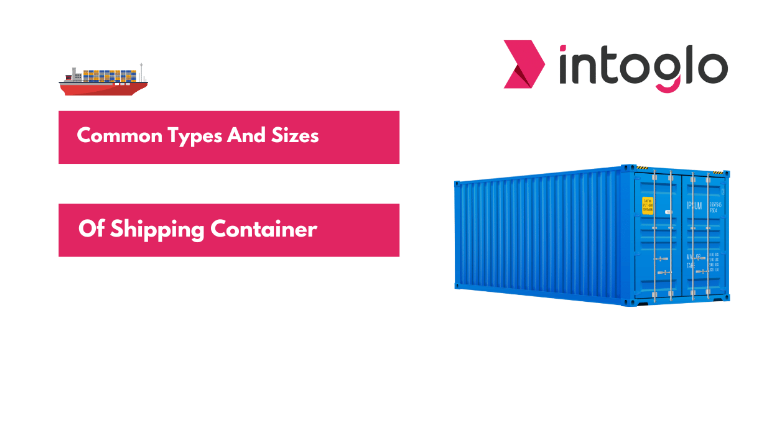


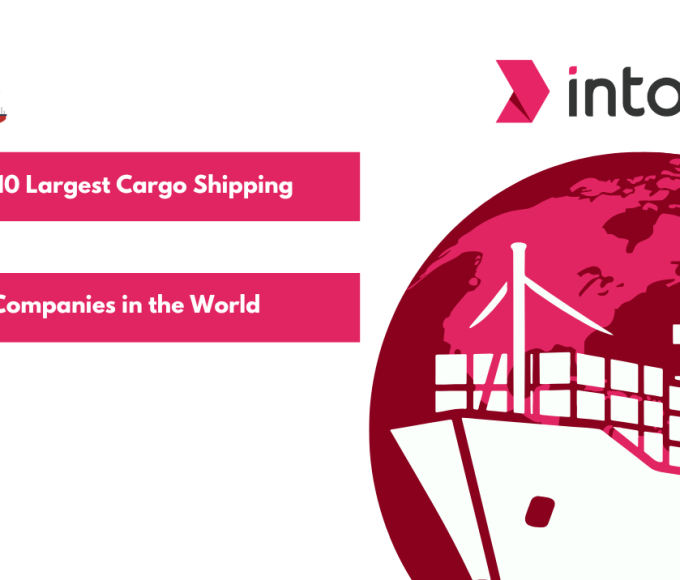
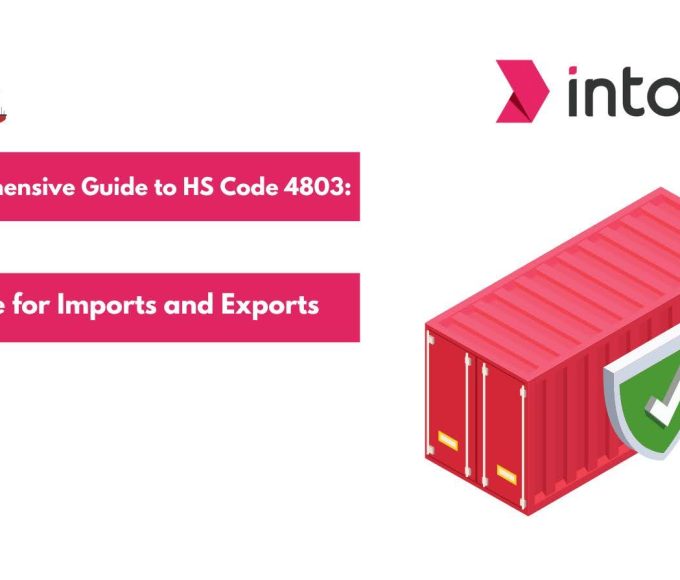
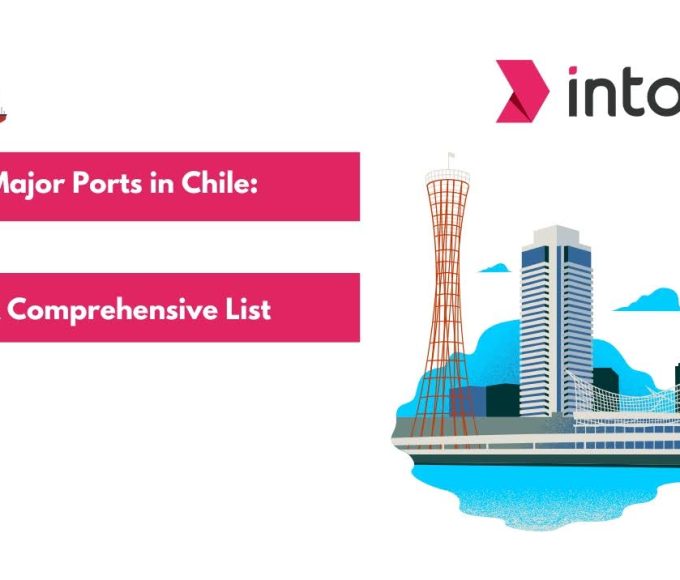
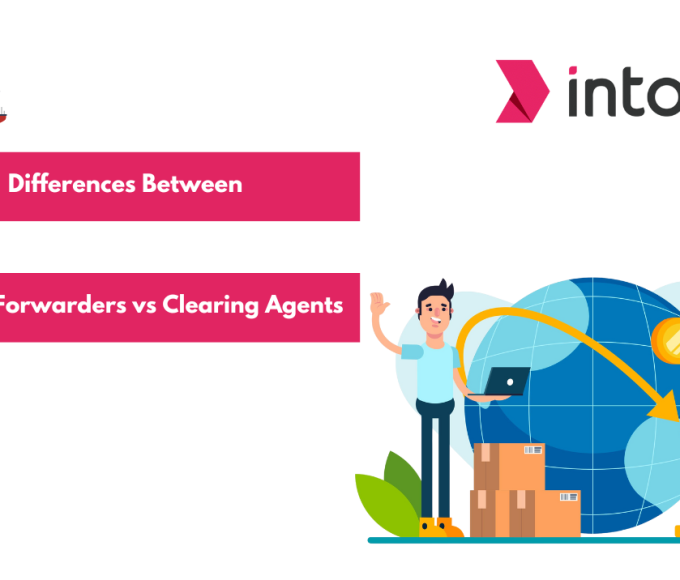
Leave a comment